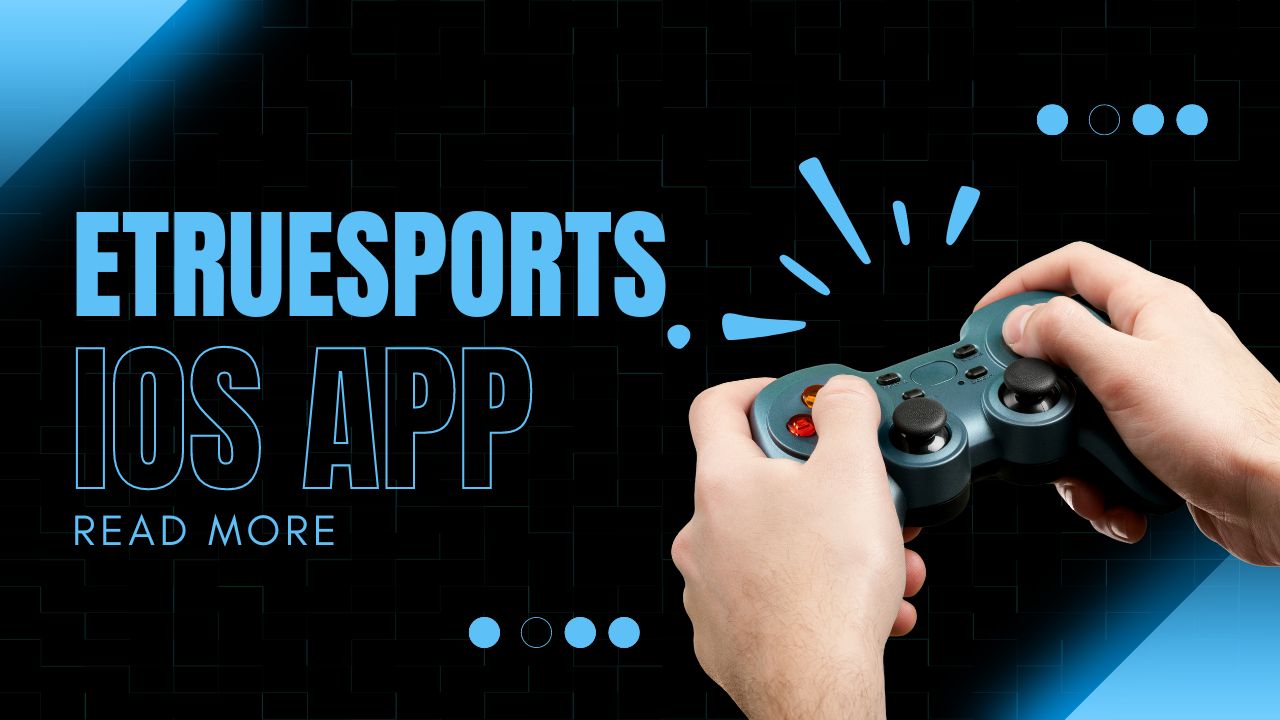In the rapidly evolving world of eSports, codes are more than just strings of letters and numbers; they are crucial elements that shape gameplay, strategy, and player interaction. From cheat codes and promotional codes to debug codes and game updates, understanding how these codes work can provide players and enthusiasts with a significant edge. In this article, we’ll explore the various types of codes used in eSports, their impact, and how they influence the competitive landscape.
1. The Role of Cheat Codes in eSports
Cheat codes have been a controversial topic in the gaming community for decades. Initially designed to help developers test games, these codes have found their way into the competitive scene, often leading to debates about fairness and integrity. In eSports, where competition is fierce and every advantage counts, cheat codes can skew the balance and undermine the spirit of fair play.
While traditional cheat codes are less common in modern eSports due to advanced anti-cheat systems, the concept persists in various forms. Players might use software hacks or exploits to gain an unfair advantage. This is why eSports organizations invest heavily in anti-cheat technology and rigorous monitoring to ensure a level playing field.
2. Promotional and Cosmetic Codes
Promotional codes are a staple in the eSports industry, offering players access to exclusive content, discounts, or special in-game items. These codes are often part of marketing campaigns designed to engage fans and drive sales. For instance, a code might unlock a unique skin or avatar for a game character, adding a personal touch to a player’s profile and fostering a sense of community.
Cosmetic codes also play a significant role in monetizing games and maintaining player interest. By offering limited-time codes for exclusive gear, game developers can create buzz around their titles and incentivize purchases or participation in promotional events. These codes often appear in collaboration with other brands, events, or media, further expanding their reach and impact.
3. Debug Codes and Development Tools
Debug codes are essential for game developers, allowing them to test various aspects of a game before its release. These codes enable developers to bypass normal game mechanics, access hidden features, or simulate different scenarios. In the eSports context, debug codes are used to ensure that games run smoothly and that any potential issues are identified and resolved before players face them in competitive settings.
While debug codes are typically not visible to players, their presence is crucial for maintaining the quality and balance of games. Developers use these codes to fine-tune gameplay mechanics, fix bugs, and ensure that the game meets the high standards expected in the eSports arena.
4. Update Codes and Patches
In the ever-changing world of eSports, game developers regularly release updates and patches to address issues, introduce new content, or balance gameplay. These updates often come with codes that guide the game’s client in downloading and applying the latest changes. Patches are vital for maintaining game integrity and ensuring that all players have access to the most current version of the game.
Update codes help developers quickly address problems that arise in competitive play, such as balancing issues or bugs that could impact performance. Regular updates are essential for keeping the game fresh and engaging for players, while also ensuring that competitive play remains fair and balanced.
5. The Impact of Codes on Competitive Play
Codes, whether they are for cheats, cosmetics, or updates, have a significant impact on competitive eSports. The use of cheat codes can undermine trust in the competitive environment, while promotional codes enhance player engagement and satisfaction. Debug codes and update patches are crucial for maintaining game quality and balance, which is essential for fair competition.
Understanding how these codes work and their implications helps players, developers, and fans navigate the complex world of eSports. For players, staying informed about the latest updates and potential exploits is crucial for maintaining a competitive edge. Developers must continuously monitor and refine their games to ensure that they meet the high standards of the eSports community.
6. Future Trends and Innovations
As technology continues to advance, the role of codes in eSports is likely to evolve. With the rise of artificial intelligence and machine learning, we may see more sophisticated anti-cheat systems and smarter updates that address issues in real time. Furthermore, the integration of blockchain technology could offer new ways to manage in-game items and currencies, providing players with more control and security.
In the future, codes may also play a role in creating more immersive and interactive eSports experiences. From virtual reality to augmented reality, the way we interact with games is changing, and codes will undoubtedly be a key component in these innovations.
Conclusion
Codes in eSports are much more than technical elements; they are integral to gameplay, fairness, and player engagement. From preventing cheating and ensuring game balance to enhancing player experience through promotional offers, codes shape every aspect of the eSports landscape. As the industry continues to grow and evolve, understanding the role and impact of these codes will remain essential for players, developers, and fans alike. By staying informed and adapting to these changes, everyone involved in eSports can contribute to a more exciting and equitable competitive environment.
